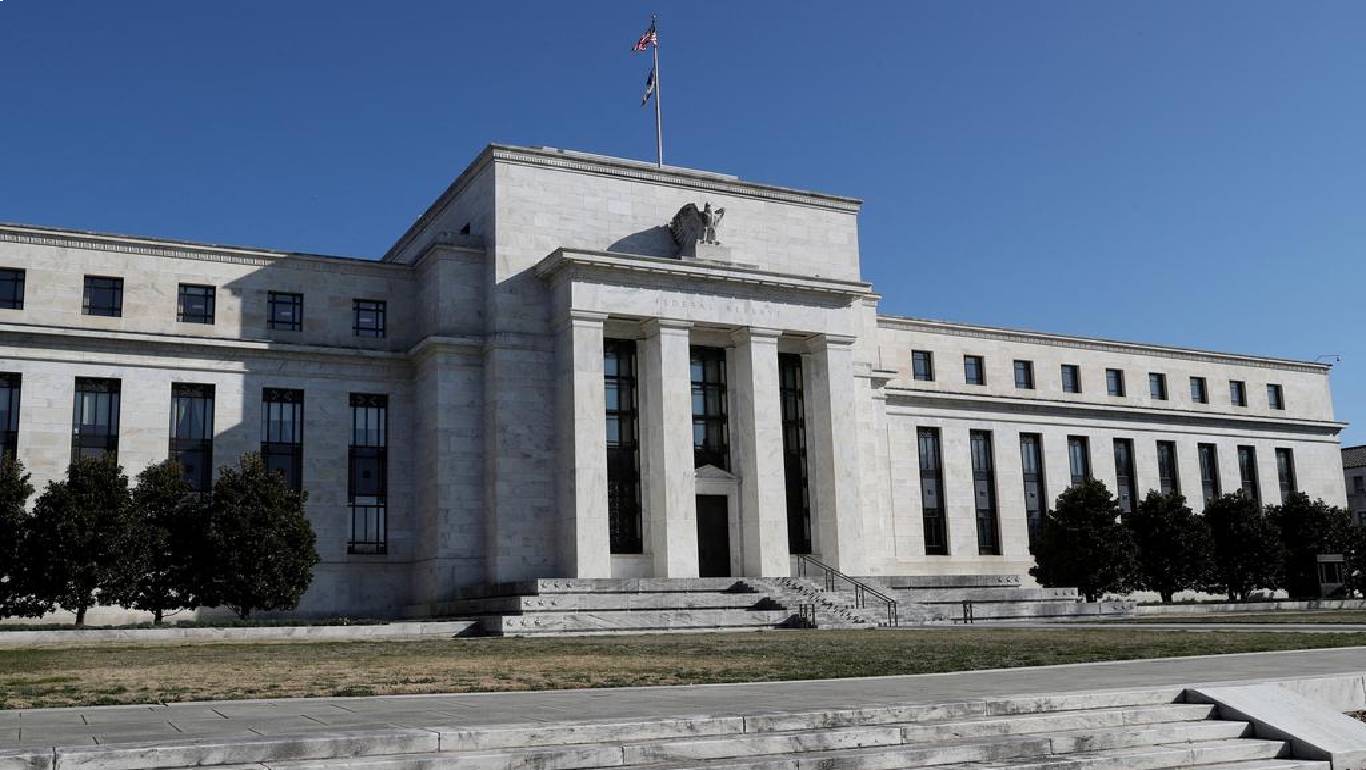




Philippines Trade Update: Exports momentum continues
 DOWNLOAD
DOWNLOAD

Quarterly Economic Growth Release: More BSP cuts to come
 DOWNLOAD
DOWNLOAD

Monthly Economic Update: Fed catches up
 DOWNLOAD
DOWNLOAD


U.S. yields ease after hitting 3 1/2 year highs

NEW YORK (Reuters) -U.S. Treasury yields eased on Monday after the benchmark 10-year note hit fresh 3-1/2 year highs as inflation fears continued to roil markets and traders awaited consumer price data and the auction of USD 103 billion in new government debt later this week.
Ten-year Treasury yields fell 4.1 basis points to 3.083%, after hitting 3.203%, a level last seen in November 2018.
The equities rout will keep slamming bond sentiment until investors stop taking their cue from rising yields and turn to corporate earnings as their guide, said Steven Ricchiuto, U.S. chief economist at Mizuho Securities USA LLC.
“The correlation between stocks and bonds has to break down,” he said. “We have to get earnings numbers pulling the equity market down, or at least earnings numbers being slashed to validate the bearish sentiment that’s in the marketplace.”
The pause in the bond market sell-off was driven by short-covering and some bargain hunting, said Tom di Galoma, managing director at Seaport Global Holdings LLC.
Investors buy back borrowed securities to cover their short positions, which often sparks volatility. Sharply rising yields knock prices lower as yields move inversely to price.
The long end of the yield curve has been steepening, pushing the gap between two- and 30-year notes up from a low of 38.76 on Friday to a high of 61.87 on Monday, Refinitiv data showed.
“People are taking advantage of moving out the curve,” di Galoma said. “I’ve seen accounts extend from the very front end of the market to the long end just because the yield curve has steepened so much.”
Yields on Treasury debt have roughly doubled since early March when the Federal Reserve took a hawkish stance and began hiking interest rates for the first time since late 2018 to curb soaring inflation.
The Fed can stick to half-point rate hikes for the next two to three meetings, then assess how the economy and inflation are responding before deciding whether further rises are needed, Atlanta Fed President Raphael Bostic said.
“I don’t think we need to be moving even more aggressively,” Bostic told Bloomberg on Monday.
The U.S. consumer price index is expected to show on Wednesday that core CPI last month slowed to 6.0% and headline CPI to 8.1% from 6.5% and 8.5%, respectively, in March, according to economists polled by Refinitiv.
The Treasury will auction USD 45 billion of three-year notes on Tuesday, USD 36 billion of 10-year notes on Wednesday and USD 22 billion of 30-year notes on Thursday.
The spike in longer-dated bond yields has outpaced the short end of the curve, pushing the spread differential between two- and 10-year debt to its widest in nearly three months.
The closely watched gap between two- and 10-year yields , seen as an indicator of economic expectations, was at 45.2 basis points.
Yields on inflation-linked debt on U.S. bonds hit fresh multi-year highs, with yields on five-year maturities rising to their highest levels since March 2020.
The breakeven rate on five-year U.S. Treasury Inflation-Protected Securities (TIPS) was last at 3.125%.
The 10-year TIPS breakeven rate was last at 2.798%, indicating the market sees inflation averaging about 2.8% a year for the next decade.
(By Herbert Lash; Additional reporting by Saikat Chatterjee; Editing by Emelia Sithole-Matarise and Richard Chang)
This article originally appeared on reuters.com





 By Reuters
By Reuters